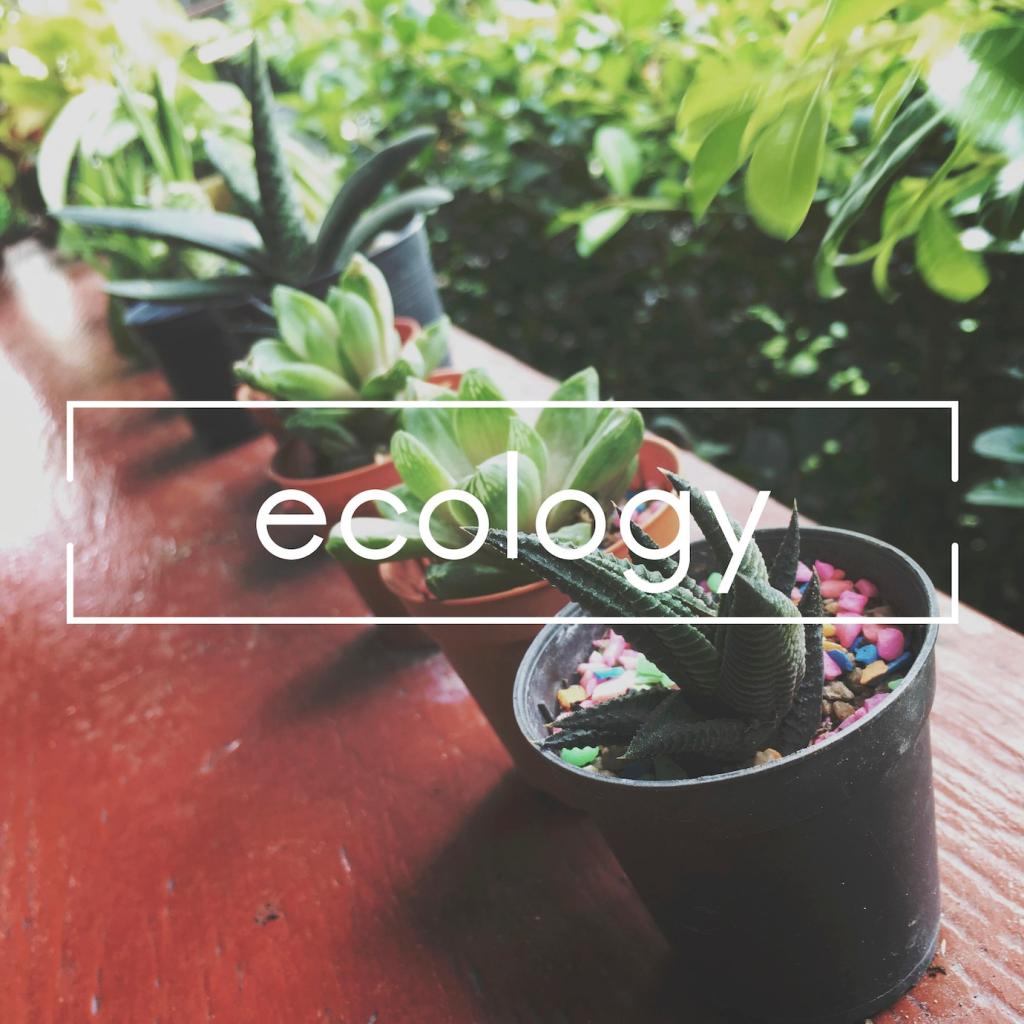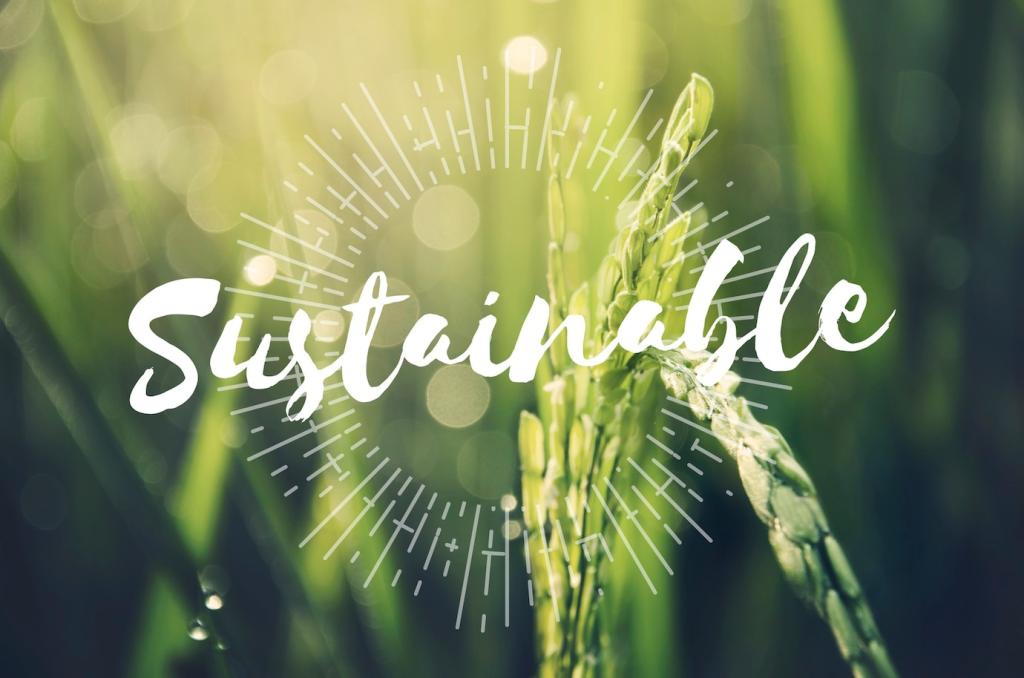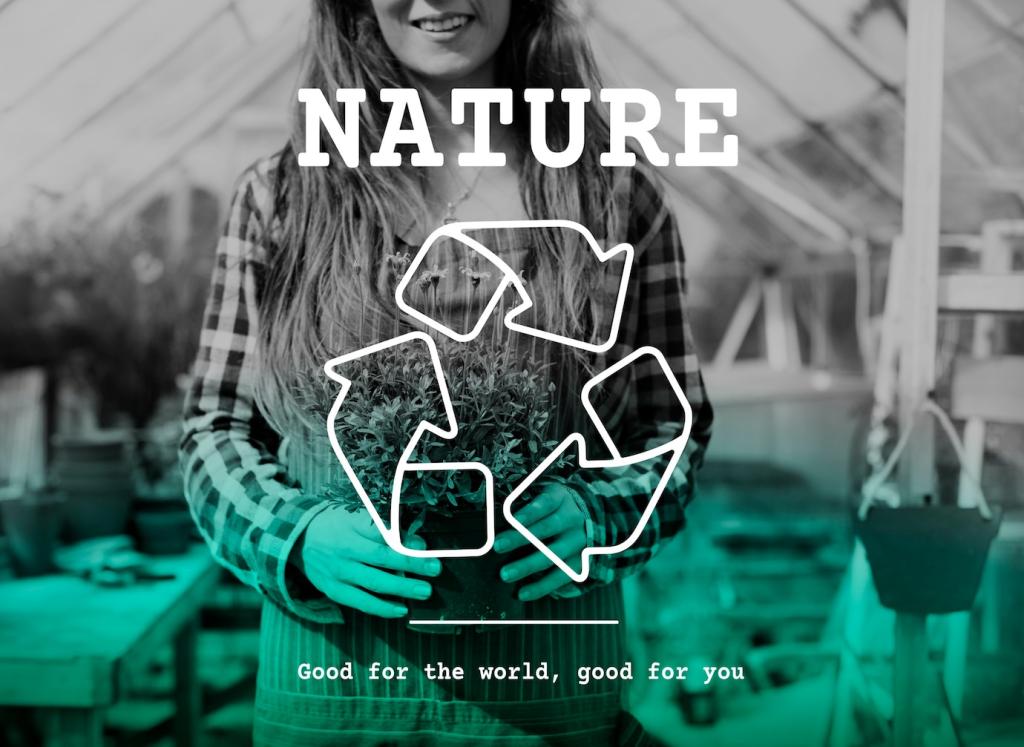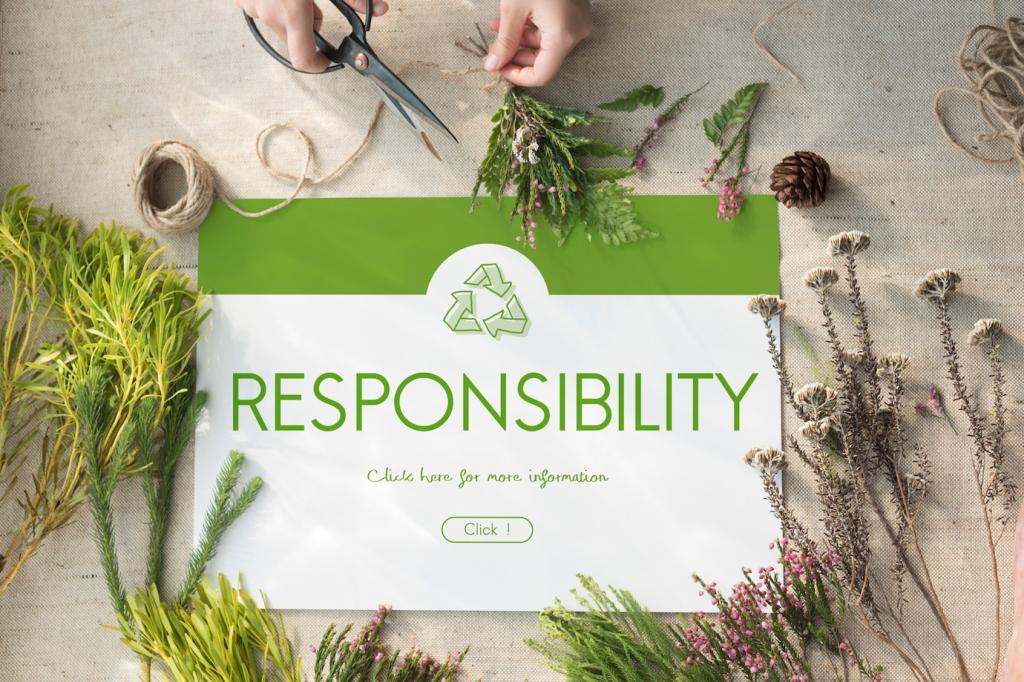Meet the Materials: Natural and Recycled Champions
Grown with fewer synthetic inputs, organic cotton and linen deliver breathable comfort and a crisp, timeless hand. They take dye beautifully and work brilliantly for slipcovers. Seek certifications and enzyme-washed finishes for softness without harsh chemistry. What color would you try first?
Meet the Materials: Natural and Recycled Champions
Bast fibers like hemp, nettle, and ramie are naturally strong, require relatively modest water, and develop a refined, rustic texture. They excel in tight weaves and mixed blends that tame wrinkles while maintaining strength. Comment if you’ve tried a hemp blend for heavy-use seating.




